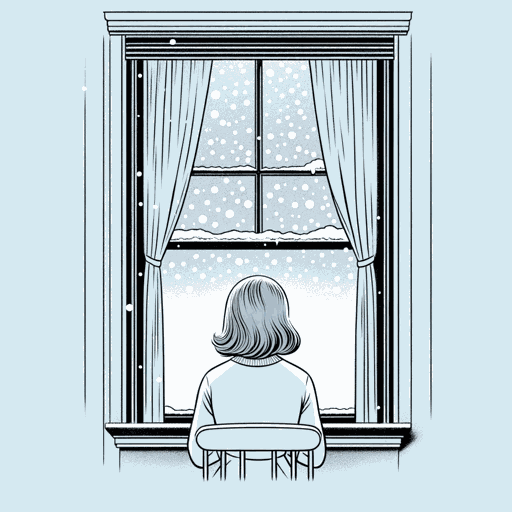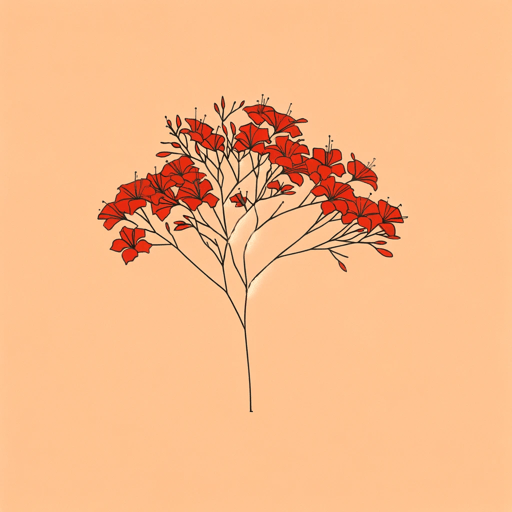47 pages • 1 hour read
Judith Ortiz CoferAmerican History
Fiction | Short Story | Adult | Published in 1993A modern alternative to SparkNotes and CliffsNotes, SuperSummary offers high-quality Study Guides with detailed chapter summaries and analysis of major themes, characters, and more. For select classroom titles, we also provide Teaching Guides with discussion and quiz questions to prompt student engagement.
Symbols & Motifs
The Old Woman’s Flowers
The old woman who lived in Eugene’s house tended the flowers in her yard until her husband died in June 1963. The flowers symbolize the love and care that the woman put into her home and marriage, which Elena observed and sought to imitate, wanting to “climb down into the yard” and water the flowers that the woman had tended to lovingly for so many years (20).
After Eugene moves in, Elena notices that El Building blocks the sun from shining on Eugene’s house, except for “the tiny square of earth the old woman planted with flowers” (22). It is as though the patch of garden symbolizes hope, particularly for Elena, who admires the beauty and color the tiny garden provides in an otherwise dirty and grim-looking place. Eugene’s father mowing down the flowers is therefore foreshadowing—a loss of beauty and hope that anticipates the end of Elena’s fantasy of living with Eugene as the old woman had lived with her husband.








Related Titles
By Judith Ortiz Cofer




